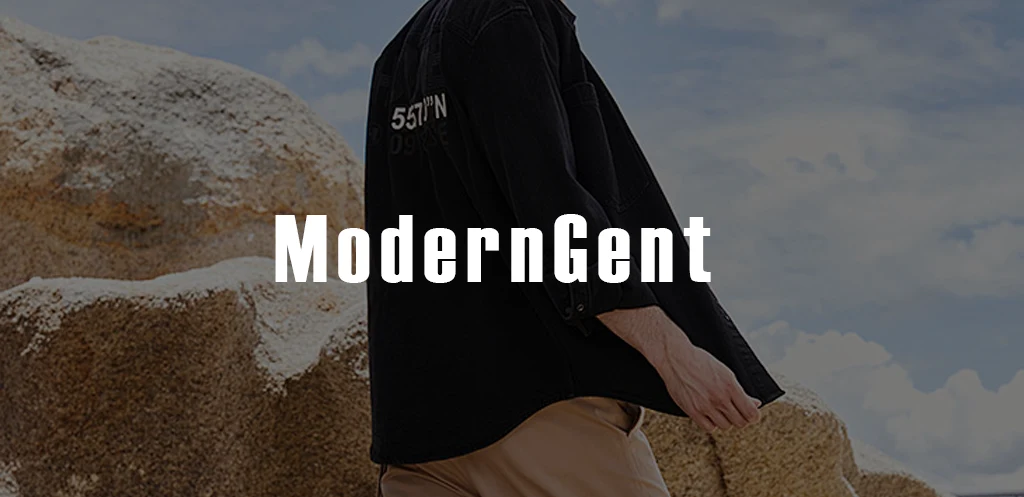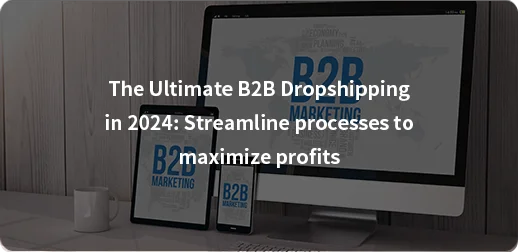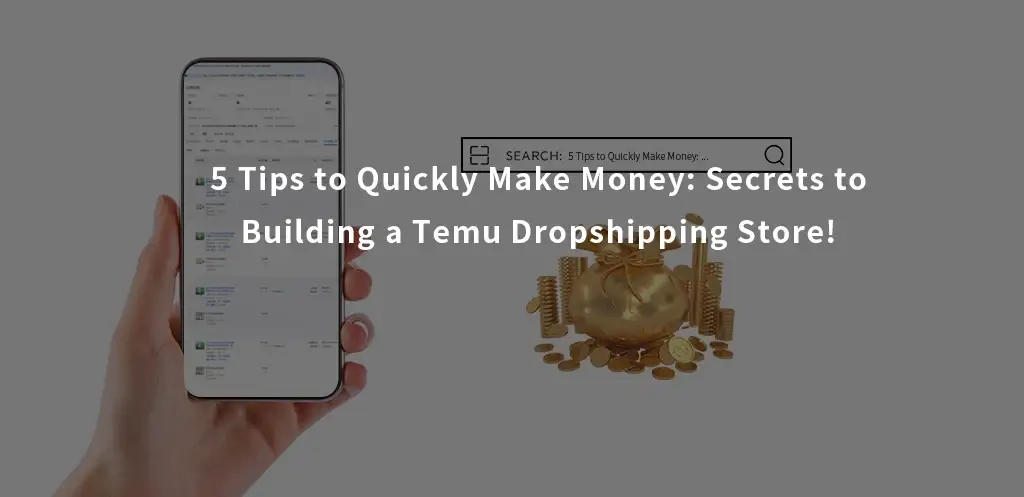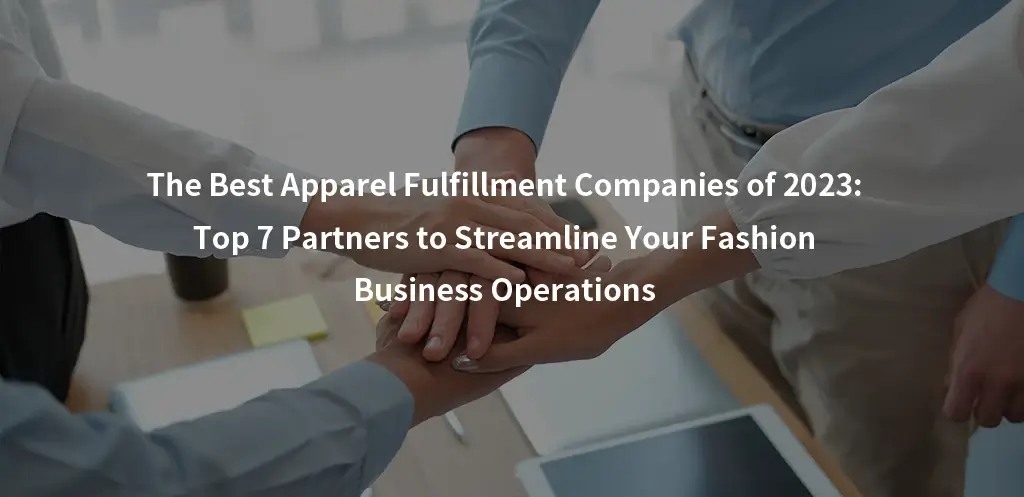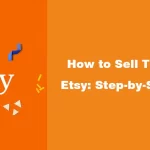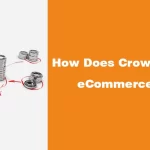Starting an eCommerce business is exciting, but funding it? Now, that’s where many of us get stuck. You’ve got an idea, done the research, and are almost certain it’ll hit, but without the necessary funds, it’s simply just a pipe dream.
Well, that’s where crowdfunding in eCommerce comes in. It’s pretty straightforward, really; you pitch your idea to the public, and if they like it, they fund it. This way, you’re raising money while confirming that they’re people who want to buy your products.
Now, don’t get me wrong.
Crowdfunding can be daunting but also incredibly rewarding when you see strangers believing in your idea enough to invest in it.
I’ve seen the ups and downs of it, which is why, in this article, I’ll be sharing everything you need to know about how crowdfunding works in eCommerce.
What is Crowdfunding?

Crowdfunding is pretty much a way for you, an e-commerce store owner, to get funding directly from people who like your idea.
Instead of knocking on the doors of banks or chasing after investors who might not even give you the time of day, you go directly to your future customers. People who get excited about new ideas, and then they chip in with whatever they can afford.
Here’s how it typically works: You choose a crowdfunding platform, like Kickstarter or Indiegogo, and set up a page for your project.
You tell your story, share your vision, and specify how much cash you need to make it happen.
Then, you wait for the magic as people from all corners of the globe contribute to your fund. You also decide on a deadline for reaching your funding goal.
To encourage people to donate, you can offer rewards based on how much they contribute.
For example, if you’re launching a new gadget, a small donation might get a thank-you note, while a larger donation could secure the donor the actual gadget once it’s produced.
One crucial thing to remember is the all-or-nothing approach many platforms use. This means if you don’t meet your funding goal by the deadline, you don’t get any of the money pledged.
It sounds tough, but it ensures only projects with enough interest and support get funded.
Let’s say you’re launching an eco-friendly water bottle. You estimate you need $50,000 for production costs, including shipping and fulfillment from reliable third-party agents.
You share your story and vision on a crowdfunding site, setting a 60-day deadline to raise the funds. People who support eco-friendly living and believe in your product can pledge money towards your goal.
If enough people pitch in and you hit your $50,000 target, you get the funds to start production. Then, you fulfil any reward promises to your backers.
But here’s a twist not everyone talks about: if you don’t hit your goal within the time frame, most platforms operate on an all-or-nothing model.
Meaning, if you fall short, the funds don’t get collected, and it’s back to the drawing board. It sounds harsh, but it’s also a way to ensure that projects with enough support get off the ground.
Crowdfunding isn’t just about the money; it’s a test. Do people want what you’re selling? If yes, you’ve got a market waiting as soon as you launch.
How Crowdfunding Works
So, how does crowdfunding work? Let’s unpack it:
1. Selecting a Crowdfunding Platform
Choosing the right platform is your first big step.
There are a bunch of platforms out there, like Kickstarter and Indiegogo, but not all platforms are created equal, and each has its own unique audience, fee structure, and set of rules.
You want to pick one that aligns with what you’re selling and who you’re selling to.
Here’s what you need to consider:
- Pricing and Fee Structure:
Look into how much of your raised funds will actually reach you after fees. Platforms charge for credit processing and take a percentage of your total raised funds as their fee.
Find a platform that’s transparent about these costs. Some platforms offer the option for donors to cover the processing fees, which can help you keep more of what you raise.
- Ease of Use and Customization:
You want a platform that’s easy to set up and manage. Time spent struggling with complex campaign pages is time not spent engaging with your potential backers.
Also, the ability to customize your page can help your campaign stand out and clearly communicate your brand and mission.
- Support and Resources:
The availability of tutorials, FAQs, and customer support can be a game-changer, especially if you encounter issues along the way. Before committing, test the platform’s support responsiveness to ensure you’ll have help when you need it.
2. Getting Accepted by a Platform
Not every platform will automatically accept your campaign. They might ask for your age, where you live, and some info about having a bank account in the country where your project is based.
It’s pretty standard stuff to ensure everything is on the up and up. Just try to get it all in order beforehand.
3. Crafting Your Pitch

Your pitch is crucial. You can’t just say what you’re doing; you need to connect with potential backers on an emotional level. This includes what it is, why it’s awesome, and how much money you need to bring it to life.
It’s your chance to tell your story and get people excited about what you’re doing. Make it good, because this is what will draw people in.
4. Setting Your Goal
You’ve got to know how much money you need. This part is critical because if you don’t hit your goal, you might not get any of the money (depending on the platform’s rules). So, set a realistic target that will cover your costs but is still achievable.
5. Receiving Your Funds
Understanding the payout process is essential. Platforms differ in their payout policies; some release funds only if you reach your goal, while others might allow you to keep what you raise regardless.
The platform’s fee structure will also impact the final amount you receive, so factor this into your funding goal.
If you hit your goal, congrats!
The platform will collect the money from your backers and send it your way (minus any fees).
Then, it’s up to you to make good on your promises and get your project off the ground. If you want to streamline sourcing and fulfillment, there are some great fulfillment companies.
Types of Crowdfunding
Before putting your hand into crowdfunding, it’s crucial to understand the different types that can fuel your e-commerce venture.
Let’s break it down:
1. Donation-Based Crowdfunding
This one’s pretty straightforward. People just give you money to support your cause or project, expecting nothing in return. It’s often used for charity projects or social causes.
2. Debt-Based Crowdfunding
Also known as peer-to-peer (P2P) lending, this type involves borrowing money from multiple people. However, there’s a catch – you need to pay this money back with interest. It’s like taking out a loan, but instead of a bank, your backers are regular folks who believe in your project.
This option is great if you’re confident in your e-commerce business’s ability to generate revenue and can commit to repayment.
3. Rewards-Based Crowdfunding
Here, backers give you money in exchange for rewards, which vary based on the donation size.
The rewards could be anything from product samples, discounts, or even exclusive experiences related to your e-commerce store.
It’s a fantastic way to pre-sell your product and gauge customer interest. Plus, it adds an engaging, gamified element to supporting your project.
4. Equity-Based Crowdfunding
This type allows you to offer a slice of your business’s equity in exchange for funding.
Your backers become investors, owning a part of your e-commerce business proportional to their contribution.
This path suits those looking for substantial funding and who are open to sharing decision-making with their investors.
5. Profit-Sharing/Revenue-Sharing
Businesses offer a percentage of future earnings in exchange for upfront funding. It’s a way to attract backers by promising them a cut of your profits.
This model works well for e-commerce businesses with a clear path to revenue but who want to avoid the complexities of equity sharing.
Advantages of Crowdfunding
1. Access to a Diverse Pool of Backers
One of the brightest spots of crowdfunding is how it opens doors to a wide array of investors and supporters.
You’re not just pitching to a stern-faced banker or a skeptical venture capitalist. Instead, your audience is the entire internet, full of potential backers who might fall in love with your idea.
2. Marketing and Audience Building Rolled into One
Launching a crowdfunding campaign isn’t just about raising funds; it’s also a powerful marketing tool. As you spread the word about your campaign, you’re also raising awareness for your brand.
Each share, like, and donation is a vote of confidence in your project and a potential customer or brand ambassador for your e-commerce store.
Disadvantages of Crowdfunding
1. All-or-Nothing Stress
Many crowdfunding platforms operate on an all-or-nothing model. If you don’t hit your funding goal, you could end up with nothing but wasted time and a bruised ego.
This can add a ton of pressure and make the crowdfunding journey a stressful one.
2. Public Failure is a Possibility
Launching a crowdfunding campaign puts your idea out in the public domain. If it doesn’t go well, it’s not just a private setback; it’s out there for all to see. This could potentially harm your brand’s reputation or discourage future investment.
Popular Crowdfunding Websites
GoFundMe
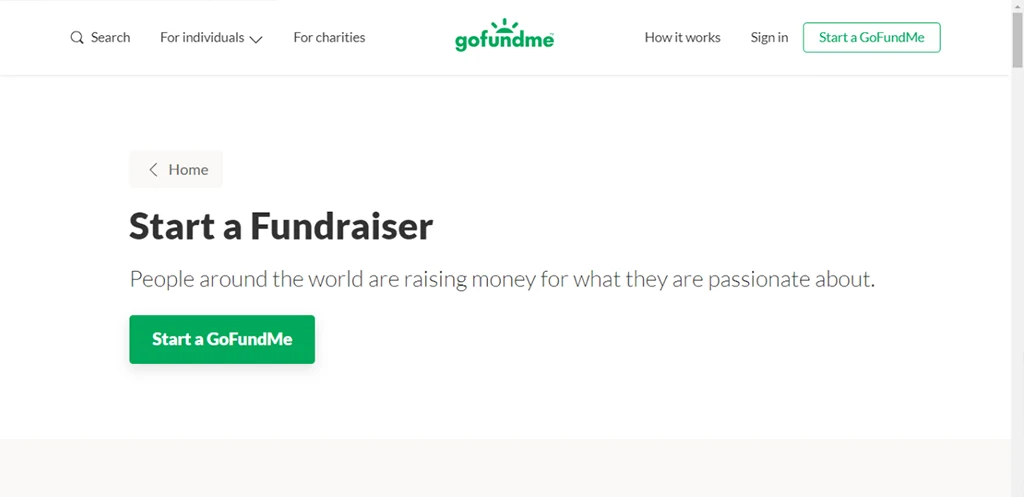
GoFundMe is a giant in the crowdfunding world, known mainly for personal causes like medical expenses or community projects.
But don’t let that fool you.
If your e-commerce project has a personal story or a cause at its heart, GoFundMe’s vast user base and simple setup could be just the ticket.
Kickstarter
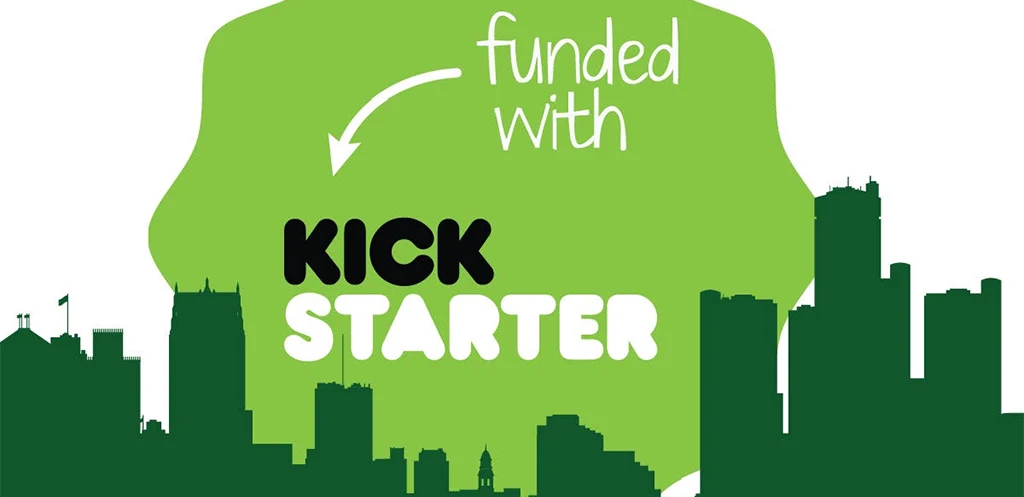
Kickstarter is a bit of a legend for creatives and innovators looking to launch a product or project.
Since its inception in 2009, Kickstarter has been the birthplace of nearly 250,000 projects, pooling in over $7.6 billion in pledges.
The catch?
Your project must create something shareable. You can’t use it for charity, and there are strict rules about what you can and cannot offer as rewards.
But if you have a product that people can get excited about, Kickstarter could be your launchpad.
Indiegogo
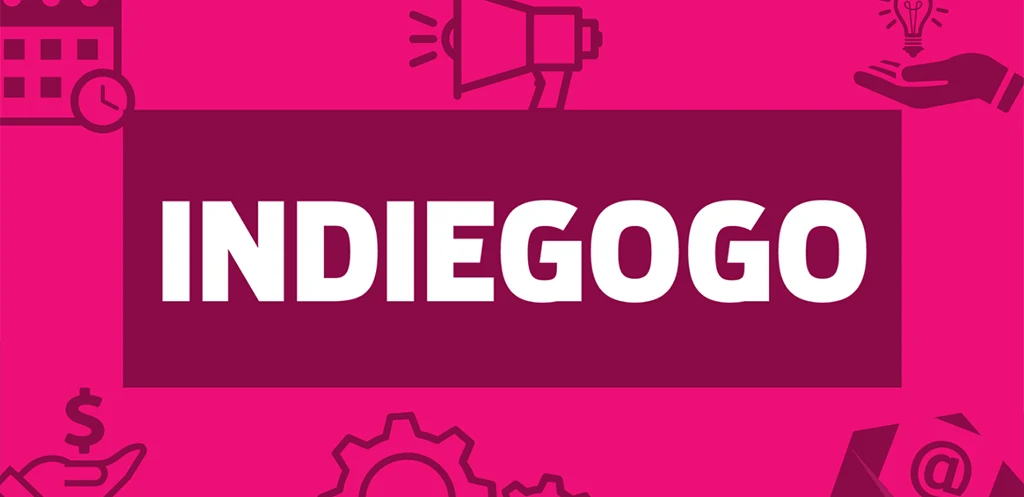
Indiegogo offers a bit more flexibility than Kickstarter, particularly with its funding options.
You can opt for fixed (all-or-nothing) or flexible (keep what you raise) funding.
This choice can be crucial depending on how you plan to proceed with your project, regardless of whether you hit your full target.
It’s a bit friendlier for those who feel they can make progress with whatever funds they gather.
Classy.org
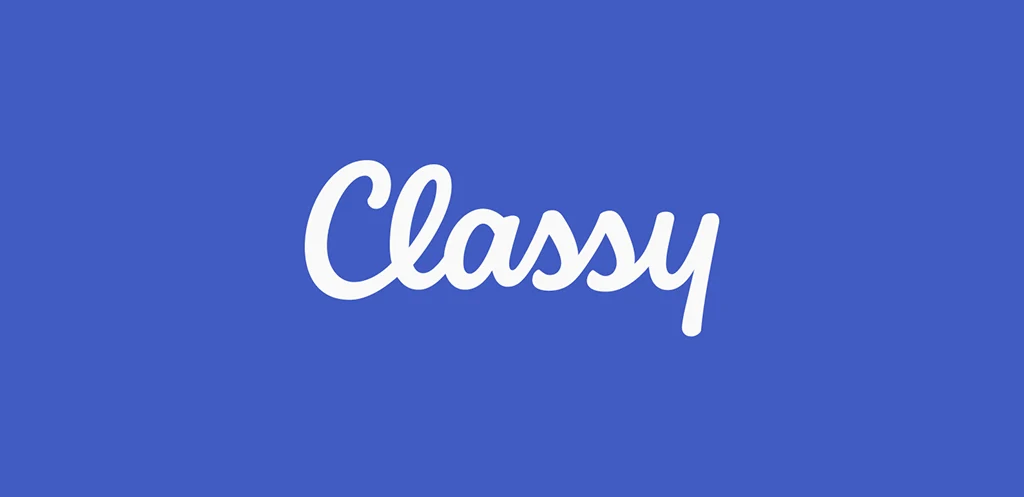
Classy.org is a bit of a niche player, tailored for nonprofits but don’t scroll past just yet.
If your e-commerce venture has a strong social mission, Classy could be an effective tool for your fundraising, allowing for a seamless donation experience that can help maximize conversions.
Crowdfunder

Have a Shopify store? Crowdfunder might just be what you’re looking for.
It allows you to turn a product page into a crowdfunding campaign, complete with progress bars.
It’s a neat way to test product concepts or finance manufacturing directly from your website.
Patreon
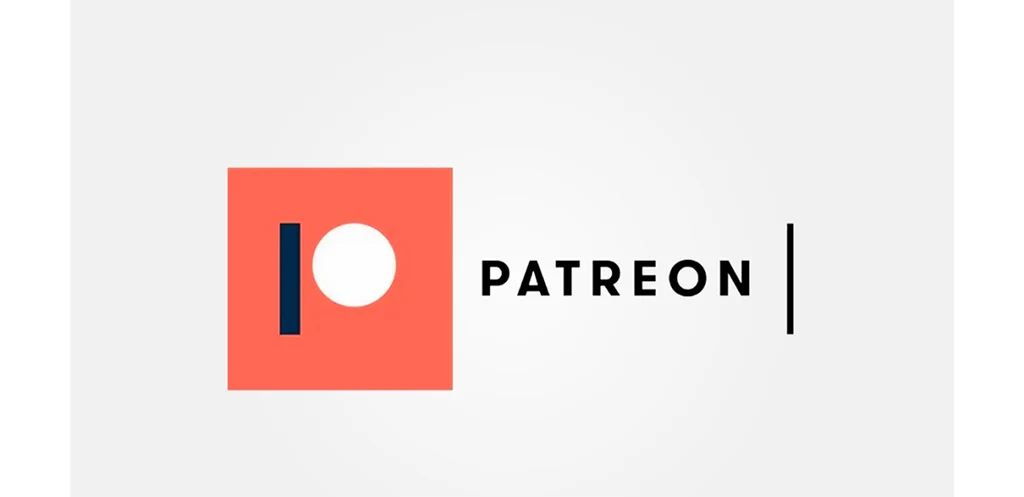
And then there’s Patreon, perfect for continuous funding if you’re producing content regularly.
It’s a way to get your fans and customers to subscribe with a monthly payment in exchange for exclusive access or rewards.
Think of it as a way to keep cash flowing in between your bigger project launches.
Examples of Crowdfunding
Alright, let’s get right to it and talk about some standout crowdfunding campaigns that really hit the mark.
BrewDog

BrewDog is a Scottish brewery that really nailed their crowdfunding through “Equity for Punks.”
They didn’t just ask for donations; they offered a share in their company in return. Over time, they managed to raise £126 million.
What made them so successful?
Apart from making great beer, they positioned themselves as an environmentally friendly brand, appealing to investors who care about the planet as much as they do about good beer.
Pebble Time
Pebble Time is a smartwatch that broke records on Kickstarter by raising over $20 million.
How did they do it?
They listened to common complaints about smartwatches, like how hard it is to read the screen in bright sunlight, and solved them with their e-paper display.
It’s a classic example of how identifying and solving a specific problem can lead to crowdfunding success.
The Paradox Paradox

Daniel ‘NerdCubed’ Hardcastle took a different route with his crowdfunding project.
He moved from creating online content to writing a book, and he used his existing fan base to fund his science fiction book on Unbound.
His project reached 977% of its initial goal. This shows the power of having a loyal community that’s willing to support your ventures into new territories.
Conclusion
For anyone thinking about starting a crowdfunding campaign, these examples offer insights into what works: having a clear, appealing proposition, solving a problem, leveraging your existing community, and ensuring you can deliver on your promises.
But remember, the real work begins after the campaign ends – making sure you can bring your idea to life in a way that meets or exceeds your backers’ expectations.

